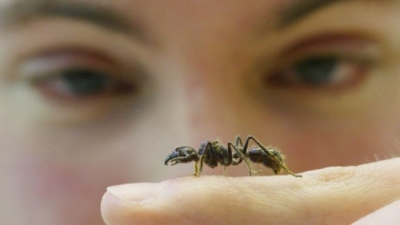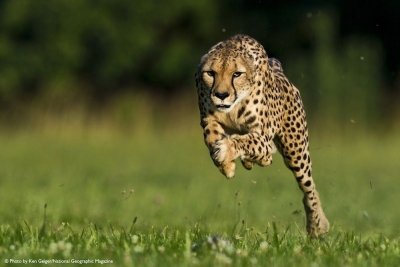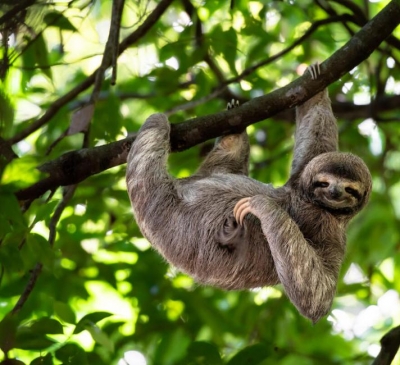
How many species of swans are there? On which continents can they be found? When does a swan sing? Read on to find out fascinating details about these graceful birds
Six species
Swans are the among the largest aquatic birds known for their striking beauty, elegance and graceful movements. There are six swan species and they are native to five continents (except Africa and Antarctica). Asia has no native species, but migrants can be seen in its eastern and northern parts. Except for the black swan and the black-necked swan, all swans the mute swan, the tundra swan and its Eurasian sub-species the Bewick's swan, and the trumpeter and whooper swans are white.
The mute swan is from Eurasia. It is a large, beautiful bird with snow-white plumage, an orange beak with a black knob at the base, and a graceful, curving neck. It holds its wings slightly raised above its back while swimming. It is the mute swan that figures in Hans Christian Andersen's fairy tale, ‘The Ugly Duckling’.
In legend, the mute swan is said to burst into song only when dying. The expression 'swan song', the last work of a great person, derives from this. In reality, it makes a variety of sounds ranging from hissing and growling to bugling, snorting and whistling! The sounds are not as loud as that of other swan species, hence the name. It is a huge eater, gobbling up more than 3 kg of aquatic vegetation a day.
Largest waterfowl
The trumpeter swan of North America is the largest waterfowl in the world. It looks similar to the mute, but has a completely black beak. It is 1.8m long and weighs over 13 kg. Its weight, size and wingspan of 3m mean that it requires a long stretch of open water for the take-off, which sounds like a horse galloping!
Trumpeter swans were widely hunted and by the late 1800s, they were on the brink of extinction. Women used the skin as powder puffs and hats were adorned with the feathers. The long flight feathers were coveted for writing quills. It was only an intensive conservation campaign and a ban on hunting in the 2000s that saved the bird.
Their deep honking calls give them their name. Trumpeters are unusual in that they incubate their eggs by covering them with their webbed feet.
Fact file
*Swans usually mate for life. They engage in a graceful courtship, bobbing their heads and bowing to each other with much ruffling of feathers and lifting of wings.
*All swans are aggressive in defending their nests and the larger species may attack people venturing too close.
*A male swan is a cob, a female swan is a pen and a baby is called a cygnet.
*The existence of black swans was once considered impossible till they were discovered in Australia. The black-necked swan lives in South America.
*The wind rushes through the wings of American tundra swans in flight giving them the moniker 'whistling swans’.
*Male black swans spend more time incubating the eggs than females.
*The whooper swan of northern Europe, named for its loud call, is the national bird of Finland.
* 'Swan upping' is an annual ceremony in England in which mute swans on the River Thames are rounded up, caught, ringed and then released.
Human swan
In December 2016, Sacha Dench, a 41-year-old British conservationist, became the first woman to cross the English Channel in a motorised paraglider. She was following migrating Bewick's swans from Russia to Britain.
Dench made the 10-week, 7200-km journey to study the reasons for their steadily declining numbers. She discovered that the migrating swans were shot down and that many of the wetlands where they usually rest and feed en route had disappeared.
Picture Credit : Google





